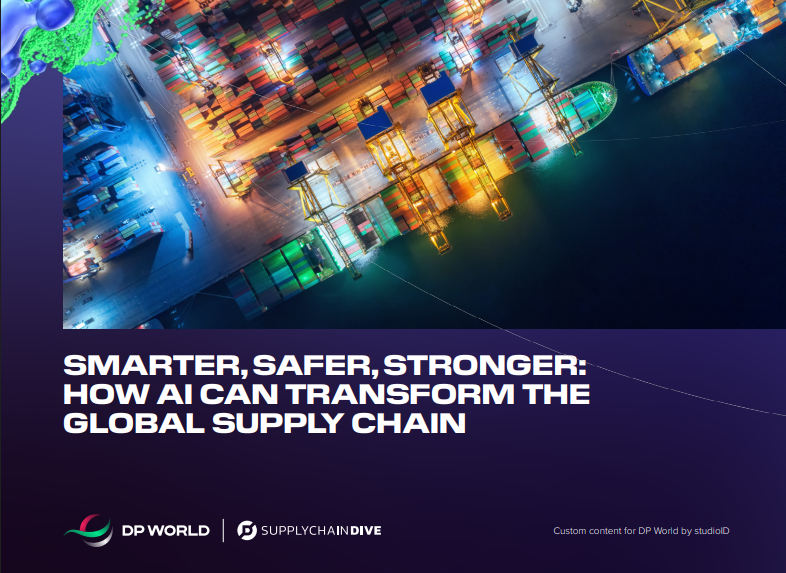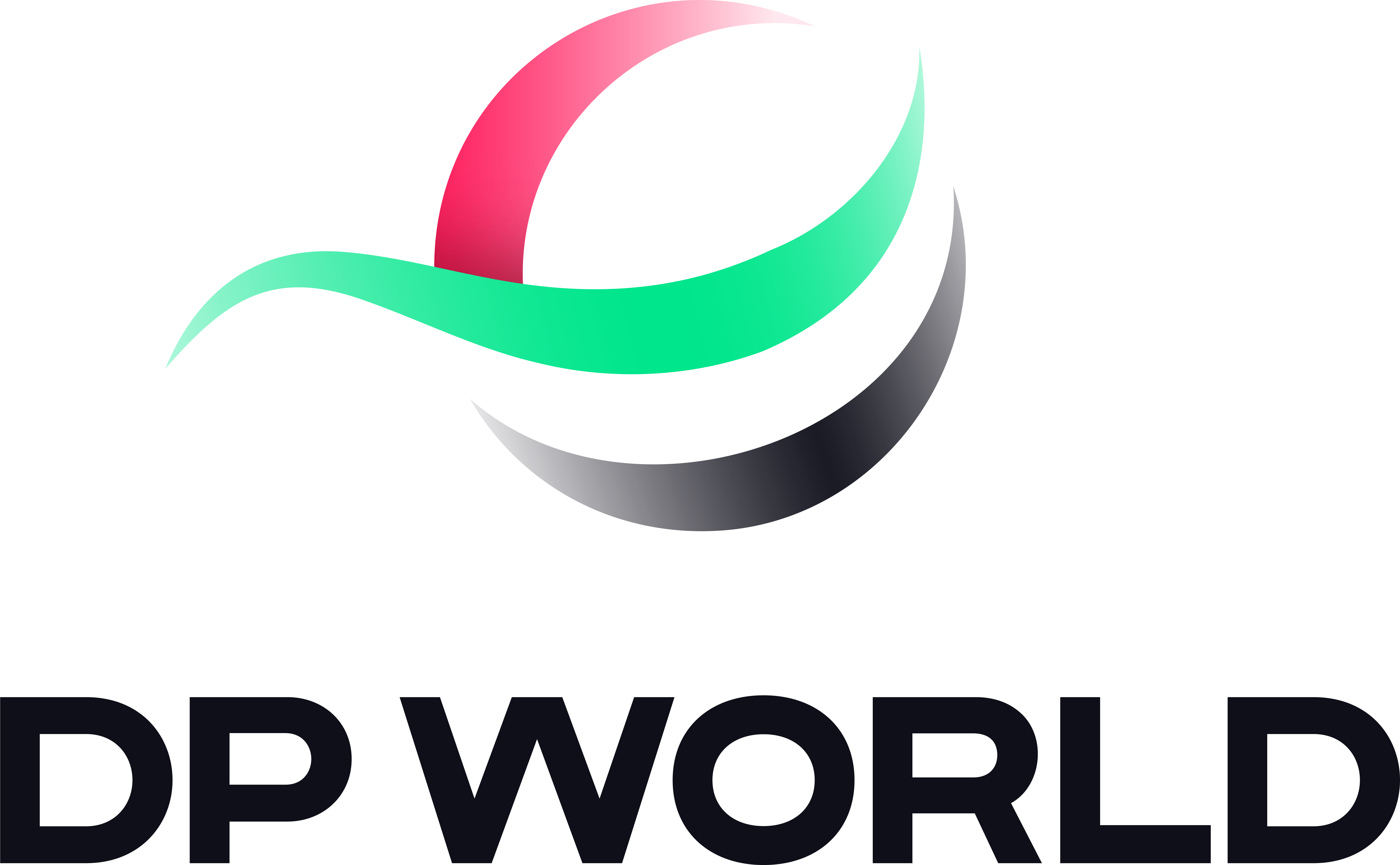Anticipating What’s Next: How DP World Uses AI To Power Smarter Planning and Forecasting

Forecasting has always been the backbone of resilient supply chains. Yet in today’s world of constant disruption, traditional forecasting methods often fall short. Market forces shift overnight, consumer demand patterns evolve rapidly, and geopolitical risks can derail even the best-laid plans.
As highlighted in DP World’s new playbook – Smarter, Safer, Stronger: How AI Can Transform the Global Supply Chain – artificial intelligence (AI) is emerging as a critical tool for logistics leaders – helping companies predict what’s ahead, respond faster, and build agility into their operations.
The Forecasting Challenge
Modern supply chains generate vast amounts of data — from historical demand patterns and supplier activity to real-time market signals and global trade shifts. The challenge? Human decision-makers alone can’t process this volume at speed. This is where AI excels.
By digesting complex, multi-source datasets, AI delivers insights that are faster, more accurate, and more holistic than manual forecasting. Companies using AI have reported a 50% reduction in forecasting errors and a 65% decrease in lost sales.
In an environment where every second counts, those gains can be the difference between resilience and disruption.
Digital Twins: Testing the Future Without the Risk
One of the most promising AI applications in planning is the use of digital twins — virtual replicas of real-world operations. Digital twins allow companies to run “what if” scenarios without disrupting day-to-day business.
“Digital twins allow you to do a stress test without actually putting any strain on your employees or facilities,” explains Glen Clark, CEO in U.S. and Mexico and Regional Head of Contract Logistics for DP World.
For example, a company can model what happens if throughput increases by 20%, identify where bottlenecks occur, and explore new strategies before committing resources. This simulation-driven approach gives logistics leaders confidence in their decisions, while boosting creativity in problem-solving.
Smarter Freight and Inventory Decisions
AI-powered forecasting tools don’t just predict demand — they optimize the flow of goods across complex networks. By assessing routes, partner availability, regulations, and even emissions data, AI can help companies align their shipping decisions with cost, speed, and sustainability goals.
This means fewer inefficiencies in freight forwarding, better use of warehouse space, and smarter labor allocation. It also helps mitigate risks — ensuring that when disruption strikes, supply chains remain agile and dependable.
A Future of Resilient Planning
The logistics industry is moving beyond reactive forecasting to proactive, AI-powered planning. By embedding intelligence into every decision, companies can sharpen predictions, improve responsiveness, and strengthen customer trust.
As Glen Clark puts it: “With AI, we can answer questions that, in the past, would have taken an extensive amount of time. Now, we can stay ahead of what’s coming and be more creative in our problem-solving”.
Learn More
Artificial intelligence isn’t just about faster predictions – it’s about building resilient supply chains that thrive in uncertainty. To explore how AI can transform your planning and forecasting capabilities, download DP World’s AI Playbook: Smarter, Safer, Stronger: How AI Can Transform The Global Supply Chain, available now on the DP World website.

